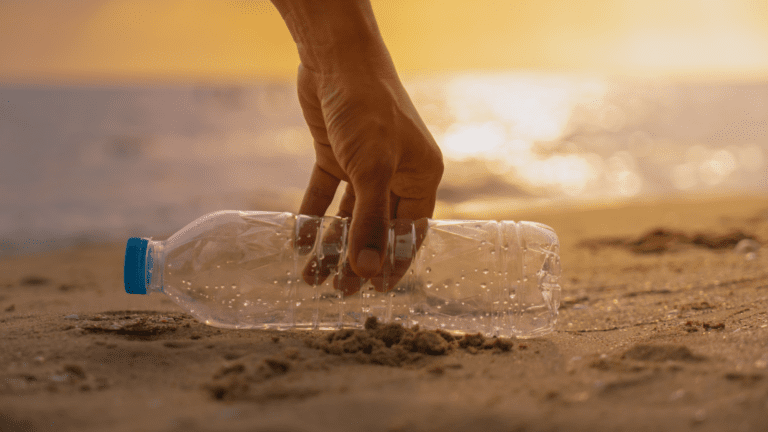More than Flowers

“All that I am, or hope to be, I owe to my angel mother.” Abraham Lincoln
This Sunday is Mother’s Day – a wonderful opportunity to celebrate the love and strength of mothers worldwide. Yet, around the world, many mothers and their newborns continue to face the stark realities of maternal and newborn health challenges.
Maternal and Newborn Health Globally
In 2023, the global maternal mortality ratio was 197 deaths per 100,000 live births. This means that about 260,000 mothers die annually, which equates to around 712 deaths every day. While this number is a 40% reduction since 2000, bringing that number down to 70 maternal deaths per 100,000 live births by 2030 (the Sustainable Development Goal) remains a formidable challenge.
Neonatal mortality – the death of newborns within the first 28 days of life – also presents a significant concern. In 2023, the global neonatal mortality rate was 17 deaths per 1,000 live births. This rate has declined from 37 per 1,000 in 1990, yet the neonatal period remains the most vulnerable time for a child’s survival.
Inequalities in Maternal and Newborn Health
The burden of maternal and neonatal mortality is disproportionately borne by women and infants in low and middle income countries. Sub-Saharan Africa, for example, had the highest neonatal mortality rate in 2022 at 27 deaths per 1,000 live births, compared to just 2 for every 1,000 in Australia and New Zealand. Factors contributing to these disparities include limited access to quality healthcare, inadequate nutrition, and the impacts of conflict and displacement.

The Impact of Aid Reductions
Recent reductions in international aid have exacerbated these challenges. In 2023, approximately 260,000 women died from pregnancy-related causes, with aid cuts leading to clinic closures, staff layoffs, and disruptions in the supply of essential medicines. The World Health Organization warns that cuts in aid could have “pandemic-like effects” on maternal deaths, particularly in conflict zones where pregnant women already face significantly higher risks.
A Call to Action
“It is an indictment on our humanity and a real travesty of justice that women die in childbirth today.” Pascale Allotey, director of the WHO’s reproductive health department.
As we plan our Mother’s Day celebrations, let us think how we can help those mothers and babies who face life-threatening challenges daily.
Here are some ideas to get you thinking:
- Support organisations that provide maternal and neonatal healthcare.
- Advocate for policies that protect reproductive rights.
- Contribute to initiatives that address the root causes of maternal and neonatal mortality.
You might know of organisations doing great work that need more support. If so, we’d love you to share with us on Glimmer! Together we can make a difference toward making motherhood safer for all.
Happy Mother’s Day from the Glimmer team!
Sources:
Aid cuts could have ‘pandemic-like effects’ on maternal deaths, WHO warns. https://www.theguardian.com/global-development/2025/apr/06/aid-cuts-pandemic-like-effects-maternal-deaths-childbirth-haemorrhage-pre-eclampsia-malaria-who-warns
https://www.brainyquote.com/quotes/abraham_lincoln_145871
Maternal mortality. https://data.unicef.org/topic/maternal-health/maternal-mortality
Neonatal mortality. https://data.unicef.org/topic/child-survival/neonatal-mortality
Newborn mortality. https://www.who.int/news-room/fact-sheets/detail/newborn-mortality
Trends in Maternal Mortality 2000-2023: Estimates by WHO, UNICEF, UNFPA, World Bank Group and UNDESA/Population Division. https://www.unfpa.org/publications/trends-maternal-mortality-2000-2023









